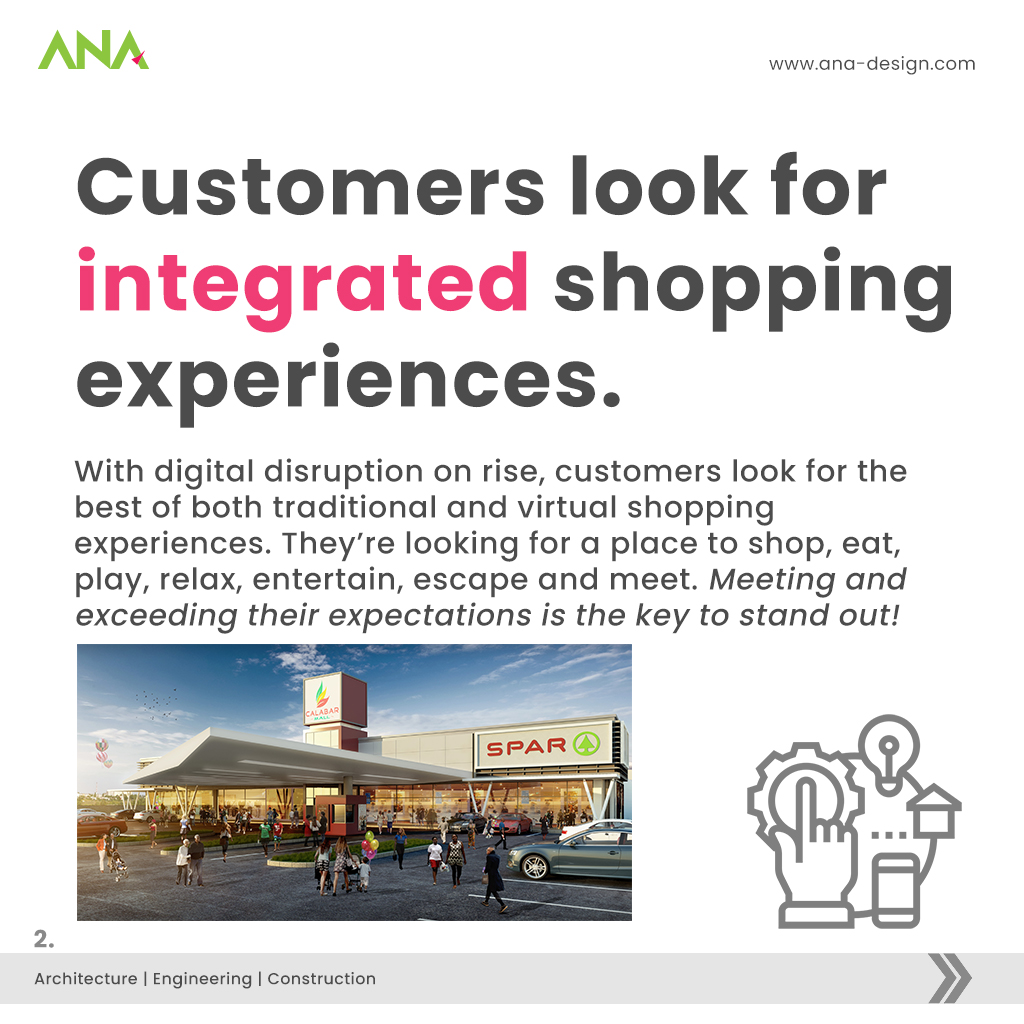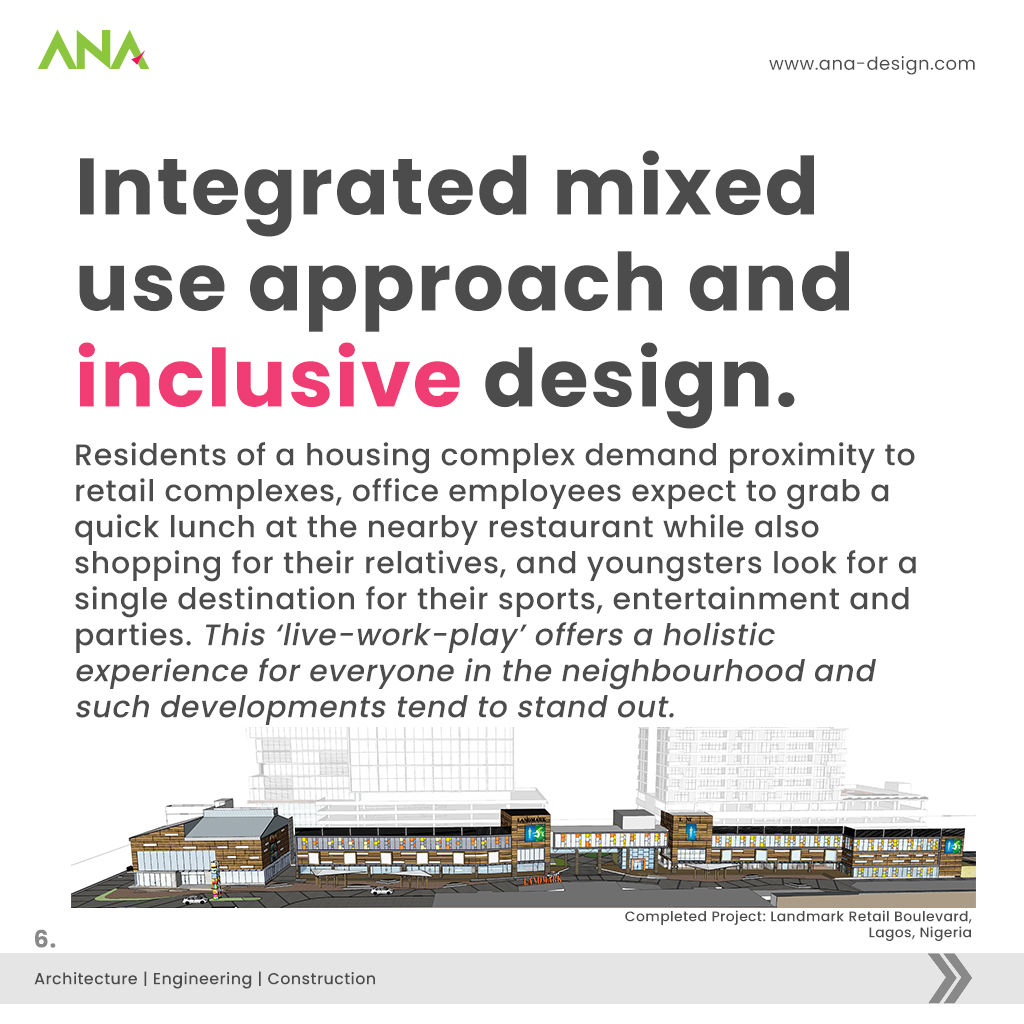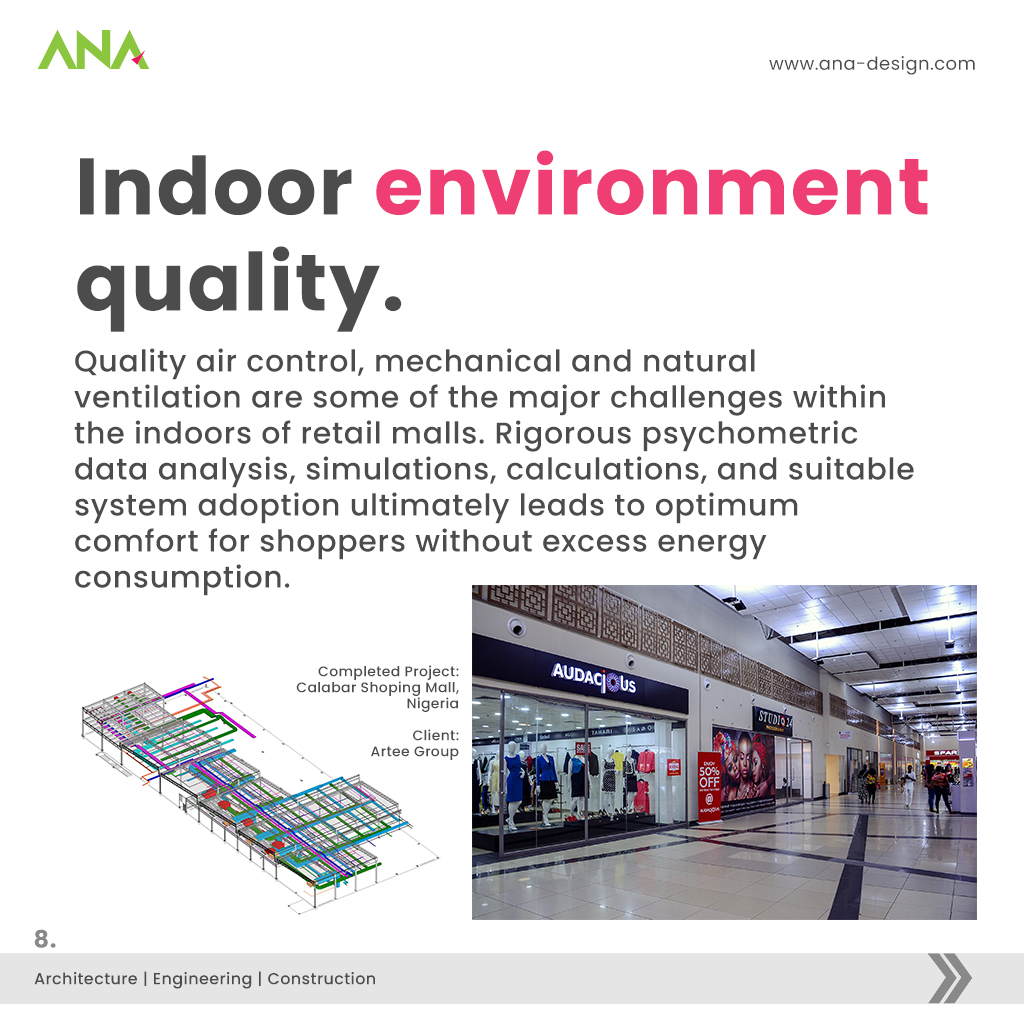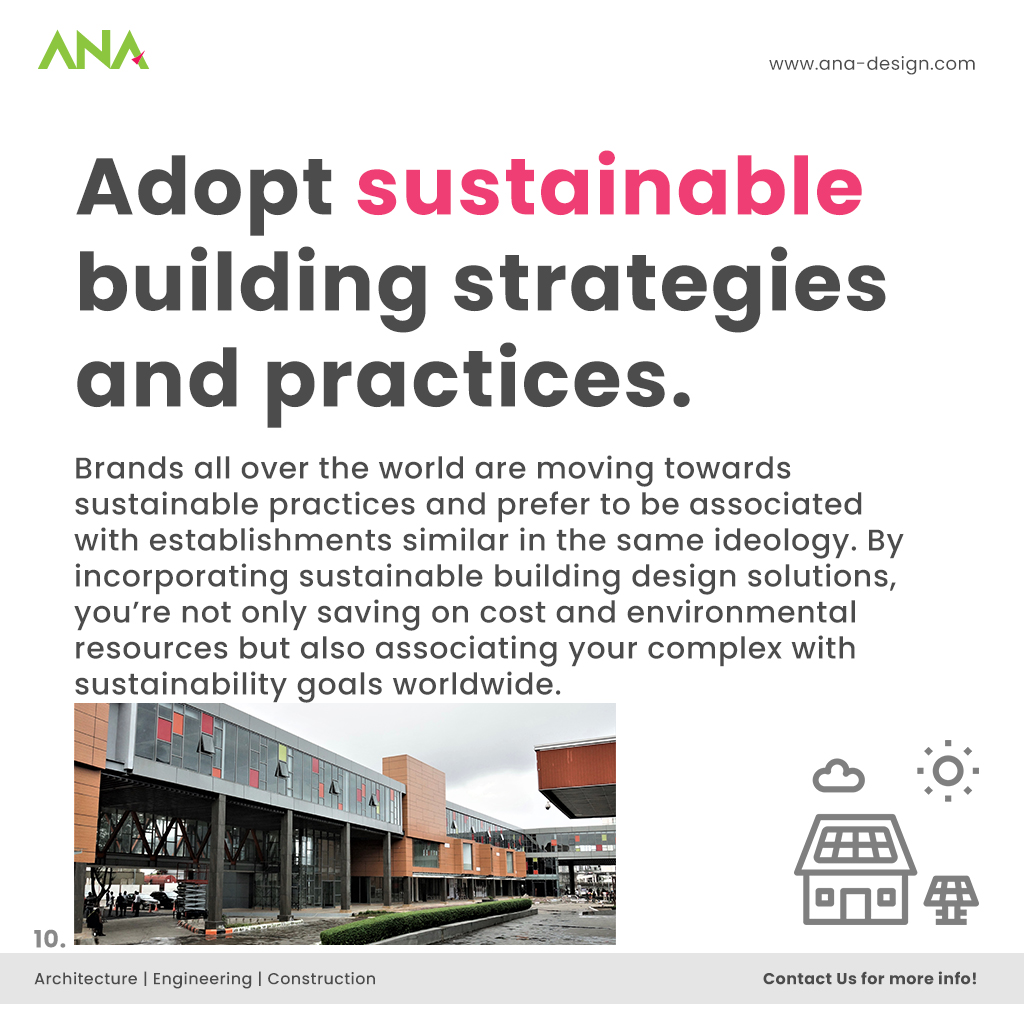Customers look for integrated shopping experiences.
With digital disruption on rise, customers look for the best of both traditional and virtual shopping experiences. They’re looking for a place to shop, eat, play, relax, entertain, escape and meet. Meeting and exceeding their expectations is the key to stand out!
Offering quality assurance.
The retail sector is known for its rigorous competition to grasp the attention of buyers. Today, everyone demands quality over quantity and cost. Organic living, healthy lifestyles, sustainable fashion, eco-friendly packaging, are a few such trends. A slight deviation from quality adherence can set off customers and investors to your competition. Amongst this, how does a retailer ensure optimum quality of products and experience?
Competition of price.
There’s an ongoing battle between price and quality. While creating a perfect balance between both is the ultimate challenge, everyone tends towards maximum profits without any compromise on quality. How do retailers deal with such tight spots? How is the balance achieved?
How can the design and engineering of a retail complex help retailers compete?
Integrated mixed use approach and inclusive design.
Residents of a housing complex demand proximity to retail complexes, office employees expect to grab a quick lunch at the nearby restaurant while also shopping for their relatives, and youngsters look for a single destination for their sports, entertainment and parties. This ‘live-work-play’ offers a holistic experience for everyone in the neighbourhood and such developments tend to stand out.
Cost optimized solutions.
A high building cost will definitely be reflected in the rental agreements with the sellers and in the long run, may lead to overpricing of services. This not only turns away many tech-savvy millennials to online shopping models but also creates a bottleneck for generating profits from the real estate. With cost effective building materials, renewable structural systems, energy saving engineering systems, and highly managed construction processes, the reduced building cost will ultimately be reflected in your future business growth.
Indoor environment quality.
Quality air control, mechanical and natural ventilation are some of the major challenges within the indoors of retail malls. Rigorous psychometric data analysis, simulations, calculations, and suitable system adoption ultimately leads to optimum comfort for shoppers without excess energy consumption.
Provision of sufficient public spaces.
Malls have been traditionally known for their exclusive and elitist character. Breaking away from this mindset, ample amount of public space within the premises attracts many potential customers. The place not only allows you to shop but also to roam around, sit and relax, or wander. This creates an enhanced sense of belonging for the visitors.
Adopt sustainable building strategies and practices.
Brands all over the world are moving towards sustainable practices and prefer to be associated with establishments similar in the same ideology. By incorporating sustainable building design solutions, you’re not only saving on cost and environmental resources but also associating your complex with sustainability goals worldwide.










